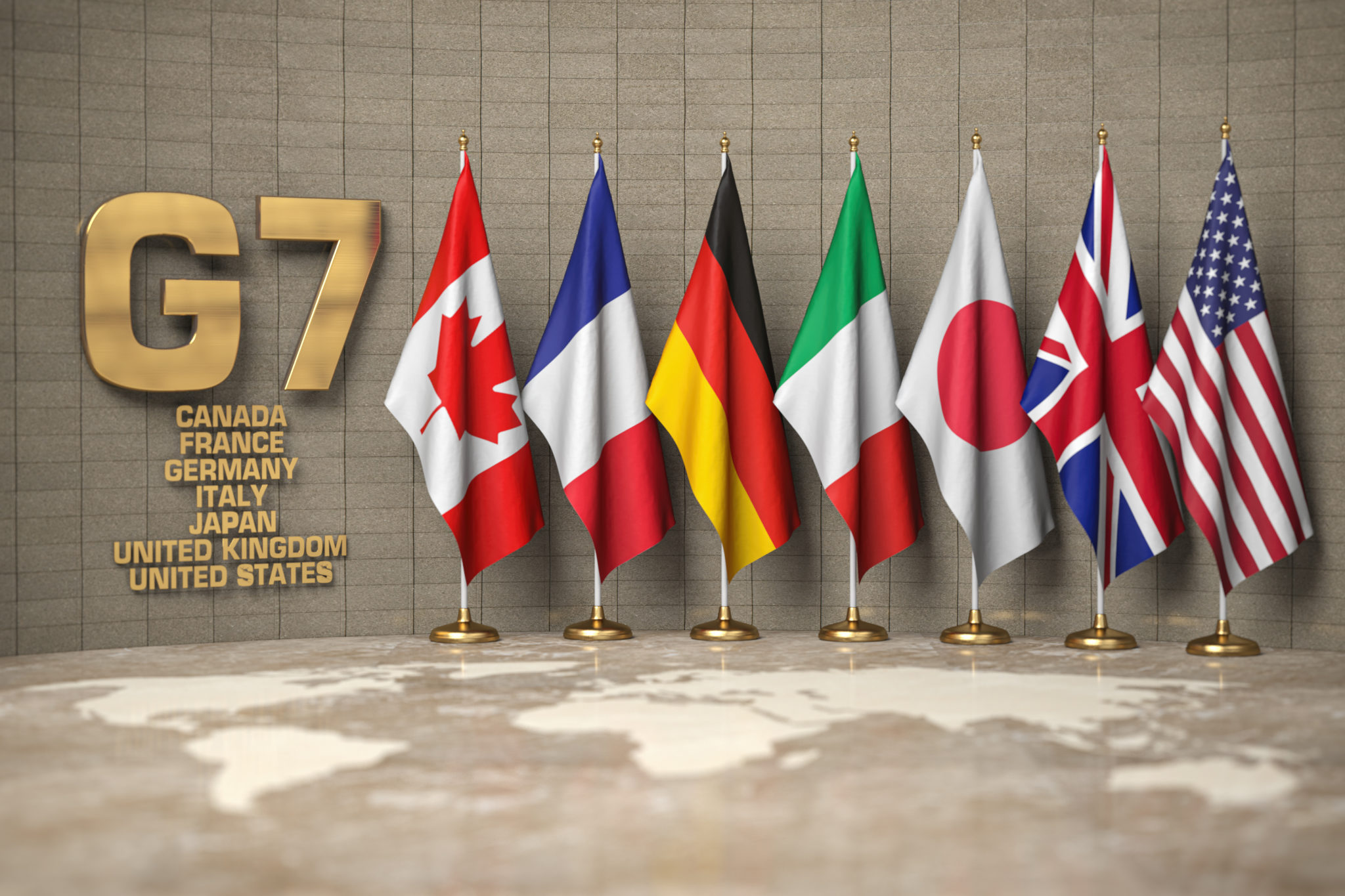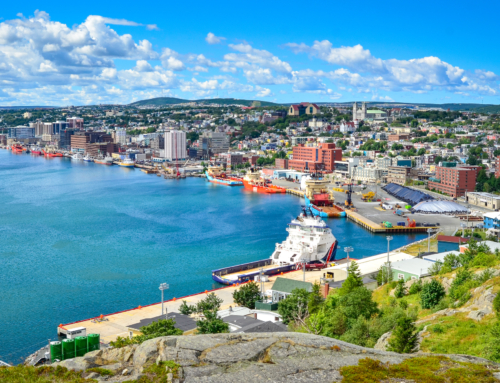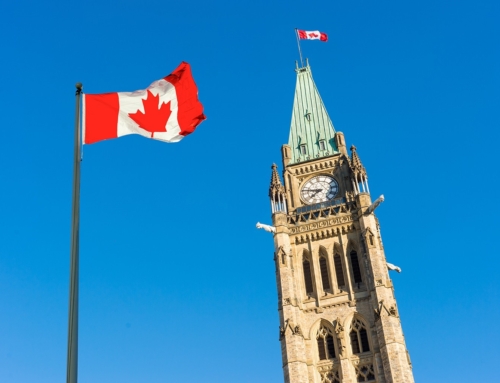CIC News
The newly-released findings reveal Canada grew about twice as fast as other G7 countries, which include France, Germany, Italy, Japan, U.K. and U.S.
Canada’s population growth over the the past half decade has been largely driven by immigration, according to 2021 census data.
Statistics Canada captured the Canadian population on May 11, 2021, five years after its previous census in 2016.
The newly-released findings reveal Canada grew about twice as fast as other G7 countries, which include France, Germany, Italy, Japan, U.K. and U.S. Even in 2020 when the pandemic halted Canada’s population growth, it continued to be the fastest-growing in the G7. The main reason for the slowdown was the border restrictions Canada put in place to curb the spread of COVID-19.
Canada is now home to nearly 38 million people. Immigration, not fertility, drove Canada’s population growth. Four out of five of the 1.8 million people added to the population were either temporary residents or immigrants with permanent status. The remaining population growth was due to natural increase (the difference between births subtracted by deaths).
Growth within Canada
Immigration continues to be the main driver of population growth for most provinces and territories.
The population of the Maritimes grew at a faster pace than the Prairies for the first time since the 1940s.
The population of Yukon grew at the fastest pace nationally from 2016 to 2021, while Prince Edward Island and British Columbia had the highest growth rates among the provinces, mostly due to immigration. Newfoundland and Labrador was the only province to see its population decline.
Urban centres grew faster than rural areas because immigrants are far more likely to settle in cities. There were more than 6.6 million Canadians living in rural areas in 2021, a 0.4% growth from five years earlier. By comparison, urban areas grew 6.3% in the same time frame.
Canada had 41 cities of more than 100,000 people in 2021, up from 35 in 2016. The six new additions include: Fredericton, New Brunswick; Drummondville, Quebec; Red Deer, Alberta; Kamloops, B.C.; Chilliwack, B.C.; and Nanaimo, B.C.
Resort destinations such as Squamish, B.C.; Canmore, Alberta; as well as Wasaga Beach and Collingwood in Ontario, are among the fastest growing communities in Canada.
Immigration driving population growth
Immigration has largely driven population growth since the 1990s. Much like other G7 countries, the Canadian fertility rate is not enough to grow the population.
There have been more people moving to Canada than there have been leaving Canada. The result of little emigration and a low fertility rate means population growth has been fuelled by immigration. Canada’s immigration targets have risen annually since 2015.
More census data on immigration, place of birth, and citizenship will be available in October, 2022.
Subscribe to our Newsletter
By submitting this form, you are consenting to receive marketing emails from: . You can revoke your consent to receive emails at any time by using the SafeUnsubscribe® link, found at the bottom of every email. Emails are serviced by Constant Contact








